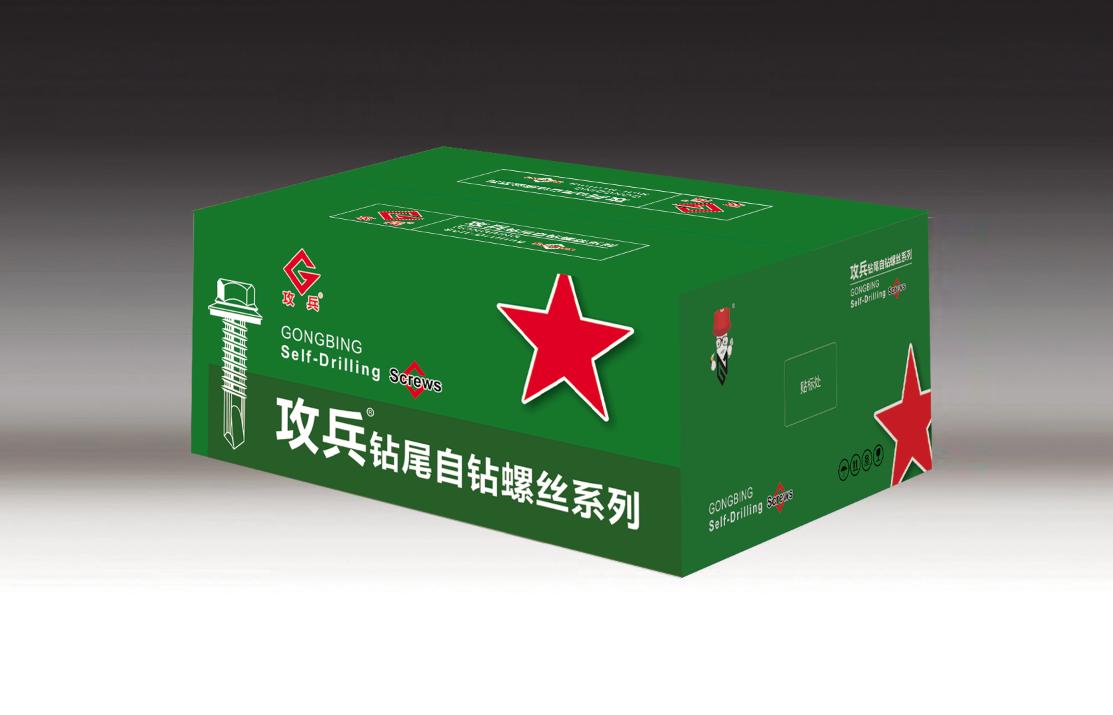High-Quality Structural Threaded Rods for Reliable Construction
The Importance of Structural Threaded Rods in Construction
In the realm of construction and engineering, the components we utilize can make or break the integrity of a structure. One such crucial component is the structural threaded rod. These rods, cylindrical steel fasteners with threaded ends, serve a variety of critical purposes in construction, bolstering not only the stability but also the longevity of structures.
Structural threaded rods are primarily used as tensioning devices in various applications. Their design allows them to effectively bear loads and resist tensile stress, making them indispensable in reinforced concrete applications, bridge construction, and even in the assembly of prefabricated structures. When installed in concrete, for instance, they help to counteract the tensile forces that often occur within a structure, providing an essential balance to compressive forces.
One of the strongest benefits of using structural threaded rods is their versatility. They can be used in a vast range of environments and applications, from residential buildings to large-scale infrastructure projects. They can be found securing beams in place, anchoring walls, supporting roofs, and even creating tension systems for expansive structures like bridges. Depending on the specific needs of a project, these rods come in different lengths, thicknesses, and materials, often made from high-strength steel or coated with protective finishes to prevent corrosion.
The ease of installation of threaded rods significantly contributes to their popularity. They can be combined with a variety of nuts and washers to ensure a secure fit that can be adjusted as needed during construction. This adjustability is particularly valuable in situations where fine-tuning is required to achieve a perfect fit or alignment. Additionally, their uniformity and consistent dimensions reduce the risk of errors during construction, thereby enhancing overall efficiency.
structural threaded rod

In recent years, advancements in technology have also led to improved manufacturing processes for structural threaded rods
. High-strength materials and innovative production methods have made it possible to increase the load-bearing capacity of these rods while minimizing weight. This translates to not only a reduction in material costs but also seamless integration into designs that prioritize sustainability without compromising on strength and safety.Moreover, the increasing focus on safety in construction means that the role of structural threaded rods cannot be understated. They serve as a critical component that ensures that various elements of a structure work together cohesively, allowing for the distribution of stress across different components. This characteristic is vital for earthquake-prone areas where structural integrity can be severely tested.
As we move towards a future that emphasizes sustainable construction practices, the adaptability of structural threaded rods will likely play a pivotal role in the evolving landscape. Their ability to support lightweight structures while maintaining high levels of strength aligns with contemporary construction priorities.
In conclusion, structural threaded rods are a fundamental component of modern construction. Their versatility, ease of use, and ability to enhance structural integrity make them indispensable in the industry. As technology advances, these rods are likely to evolve further, continuing to support the safe and efficient construction of buildings and infrastructures worldwide. The importance of structural threaded rods will only grow as the world looks to build smarter, safer, and more sustainable constructions.
-
Weatherproof Plastic Expansion Anchors for OutdoorNewsJun.06,2025
-
Sustainability in the Supply Chain: Eco-Friendly TEK Screws ProductionNewsJun.06,2025
-
Load-Bearing Capacity of External Insulation FixingsNewsJun.06,2025
-
Double Head Bolts: Enhancing Efficiency in Industrial MachineryNewsJun.06,2025
-
Corrosion Resistance in Chipboard Screws: Coatings for Wholesale DurabilityNewsJun.06,2025
-
Butterfly Toggle Bolts : Enhancing Structural ResilienceNewsJun.06,2025
